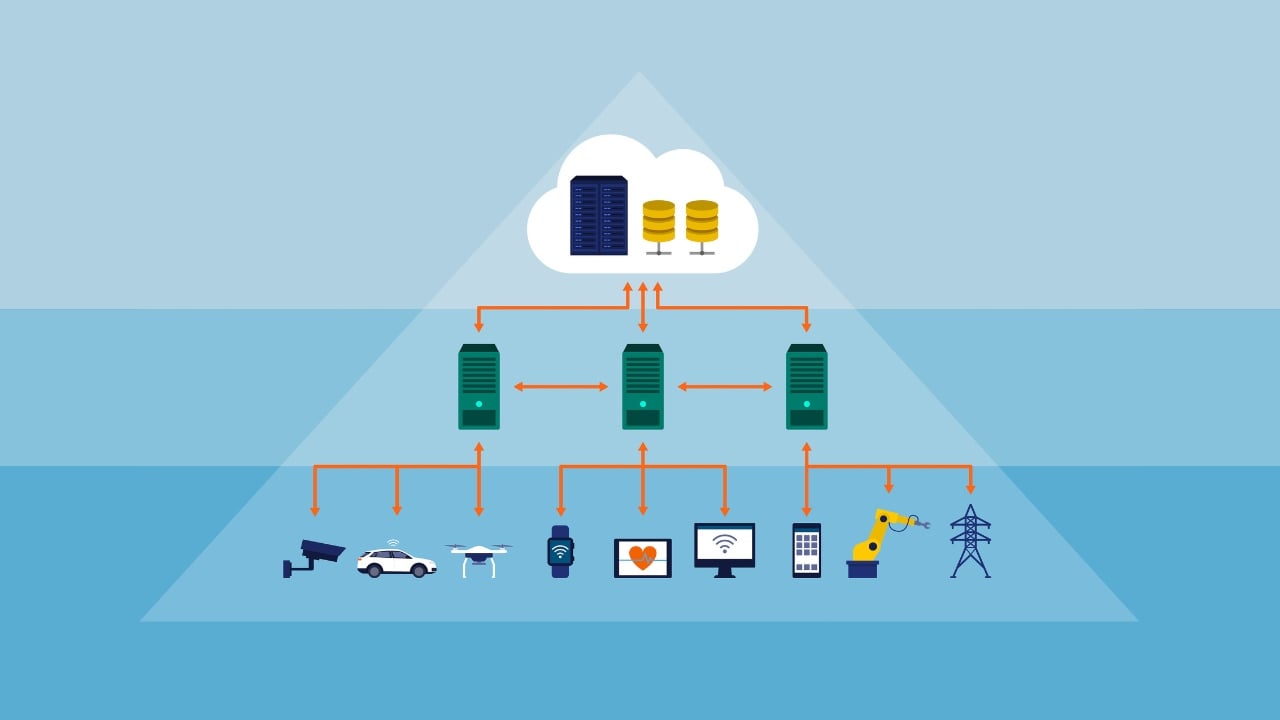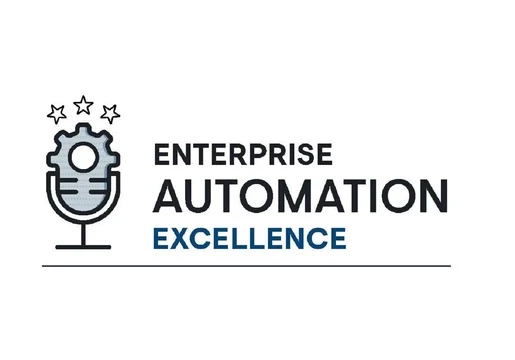As companies look for better performance and improved network speeds, demand for edge computing is growing – fast.
According to Markets and Markets, the global edge computing market size will grow from $53.6 billion in 2024 to a whopping $111.3 billion by 2028, growing at a compound rate of 15% during the forecast period.
With more and more companies moving to the edge, organisations are likely to turn to edge computing companies to help them move their data closer to the edge.

What are edge computing companies?
Edge computing companies bridge the gap between the centralized cloud and the distributed network edge to bring data closer to where it’s generated. This minimizes the need for long-distance communications between client and server, and reduces latency and bandwidth usage.
Edge computing companies work on various aspects of bringing computing power closer to the source of data, enabling faster processing, lower latency, and improved data security.
Some of the most common edge computing companies include:
- Hardware Providers: These companies design and manufacture the physical infrastructure for edge computing, including microservers, edge gateways, and specialized processing units for AI and machine learning. Examples include Dell Technologies, HPE, and NVIDIA.
- Software Providers: These companies develop software platforms and tools for managing and orchestrating edge computing deployments. They offer solutions for data storage, processing, analytics, and security at the edge. Examples include Aarna Networks, FogHorn Systems, and Cumulocity.
- Network Providers: These companies provide the communication infrastructure to connect edge devices and systems to the cloud or other centralized locations. This includes mobile network operators, cable and satellite providers, and edge network startups. Examples include Verizon, AT&T, and Deutsche Telekom.
- Service Providers: These companies offer managed edge computing services, including design, deployment, and ongoing operation of edge solutions. They cater to businesses that lack the expertise or resources to manage their own edge infrastructure. Examples include Microsoft Azure Edge, Amazon Web Services Wavelength, and Google Cloud Vertex AI.
What are the benefits of edge computing?

Edge computing offers a range of benefits over traditional cloud-based computing models, making it increasingly attractive for various applications.
Here are some key benefits edge computing:
- Reduced Latency and Faster Response: Processing data at the edge, closer to its source, significantly minimizes the distance data needs to travel, leading to lower latency and faster response times. This is crucial for real-time applications like autonomous vehicles, robotics, and industrial automation where quick decision-making is essential.
- Improved Bandwidth Efficiency: By pre-processing data locally before sending it to the cloud, edge computing reduces the overall data volume transmitted. This frees up valuable bandwidth resources, improves network efficiency, and lowers costs associated with data transfer.
- Enhanced Security and Privacy: Edge computing keeps sensitive data within the local network, minimizing its exposure to potential security risks during transmission to the cloud. This significantly improves data security and privacy, particularly beneficial for industries handling sensitive information like healthcare and finance.
- Offline Functionality and Reliability: Edge-enabled devices and systems can continue to operate even when disconnected from the cloud, ensuring functionality in scenarios with limited or unreliable network connectivity. This is vital for applications in remote locations or situations where downtime is unacceptable, such as emergency response and critical infrastructure control.
- Scalability and Flexibility: Edge computing allows for dynamic deployment and scaling of computing resources closer to the data source. This provides greater flexibility and adaptability compared to centralized cloud solutions, enabling efficient handling of fluctuating data volume and processing requirements.
- Cost Savings: Reduced bandwidth usage, improved network efficiency, and minimized data storage requirements in the cloud can lead to significant cost savings for organizations adopting edge computing.
- Future-ready technology: Edge computing provides the necessary processing power and real-time data access at the edge, enabling the development and deployment of innovative technologies like the Internet of Things (IoT), Artificial Intelligence (AI), and Machine Learning (ML). This opens doors for new applications and advancements in various fields.
Choosing an edge computing company
Choosing the best edge computing company for your needs requires careful consideration of several factors, as no single provider fits all scenarios.
Here's a breakdown to help you navigate the selection process:
- Assess your needs:
- Application requirements: Identify the specific needs of your edge computing application. Consider factors like latency sensitivity, data volume and processing demands, offline functionality, and security requirements.
- Deployment environment: Determine your deployment environment, whether it's industrial, retail, healthcare, or another sector. Each environment has unique considerations like regulatory compliance and network infrastructure.
- Budget and scalability: Outline your budget constraints and future scalability needs. Choose a provider offering flexible solutions and pricing models aligned with your growth plans.
- Evaluate providers:
- Expertise and experience: Look for companies with proven expertise and experience in your specific industry or application domain. Ask for case studies and references to understand their capabilities.
- Technology and service offerings: Analyze the technologies and services offered by the provider. Ensure they align with your hardware, software, and platform requirements. Consider factors like edge gateways, data management tools, analytics capabilities, and security features.
- Deployment and support: Choose a provider that offers comprehensive deployment and support services. This includes assistance with device installation, configuration, ongoing maintenance, and troubleshooting. Assess their experience with your specific deployment environment.
- Compare specific providers:
- Request proposals and demos: Contact shortlisted providers and request detailed proposals outlining their solutions, pricing, and support plans. Ask for product demos to evaluate their offerings firsthand.
- Negotiate terms and conditions: Negotiate the terms and conditions of your service agreement with your preferred provider. Ensure clarity on pricing, service levels, warranties, and data privacy aspects.
- Consider reviews: Check online reviews and consult with existing customers of the shortlisted providers to gain insights into their service quality and track record.
Top Edge Computing Companies
There are a variety of edge computers available today, each offering different services, technologies and applications to help you move closer to the edge.
In this list, we’re counting down ten edge computing companies you need to watch out for in 2024, each of whom is driving the adoption of edge computing across the enterprise.







Comments ( 0 )